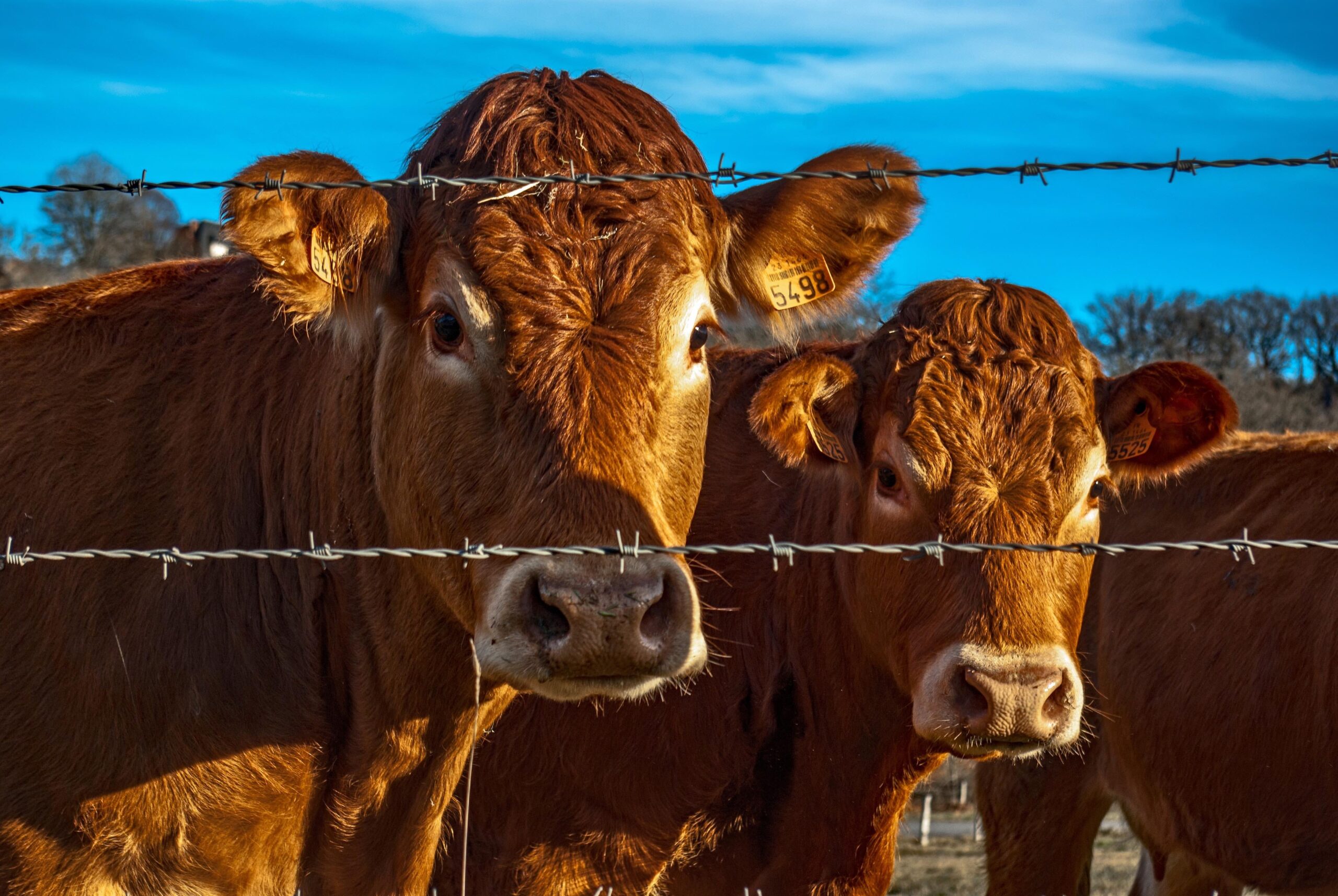USDA released their May cattle on feed report on Friday, May 24th. For the first time in 8 months the total number of cattle on feed declined below last year’s level. The 11.5 million cattle on feed were the fewest since September 2023. The number of cattle in feedlots has been pumped up by placing more heifers, some pulling of feeder cattle ahead, and a few more cattle from Mexico compared to the year before.
Due to when holidays fell this Spring and weekends there were 2 fewer slaughter days in March compared to last year and 2 extra days in April. This large swing in days has not happened since the mid-1990s. The 2 extra days in April meant that feedyard marketings were more than 10 percent larger than April last year. Placements were almost 6 percent fewer than last year and were the smallest since 2020.
The combination of large marketings and light placement numbers pulled down cattle on feed below a year ago. There are still more cattle on feed for more than 90 days and 120 days than a year ago so that should keep dressed weights high.
The wholesale beef market, as measured by the Choice beef cutout, has jumped more than $16 per cwt in the last 2 weeks. Remember that the cattle on feed report is a little bit backward looking. It contains marketings and placements in April and the number of cattle on feed on May 1. In the ensuing couple of weeks prices have jumped higher. Whether that increase reflects some packer cut back in processing to try to boost prices, some Memorial Day summer bump in buying, or fewer cattle on feed, or a combination of all three (most likely) the end result is higher wholesale beef prices. Fed cattle prices are increasing also. Fewer cattle on feed promises to cut beef supplies that have actually been larger than last year over the last 8 weeks. Tighter supplies will work to boost prices for calves, feeders, and feds.




Anderson, David . “Fewer Cattle on Feed, Higher Prices.” Southern Ag Today 4(22.2). May 28, 2024. Permalink

